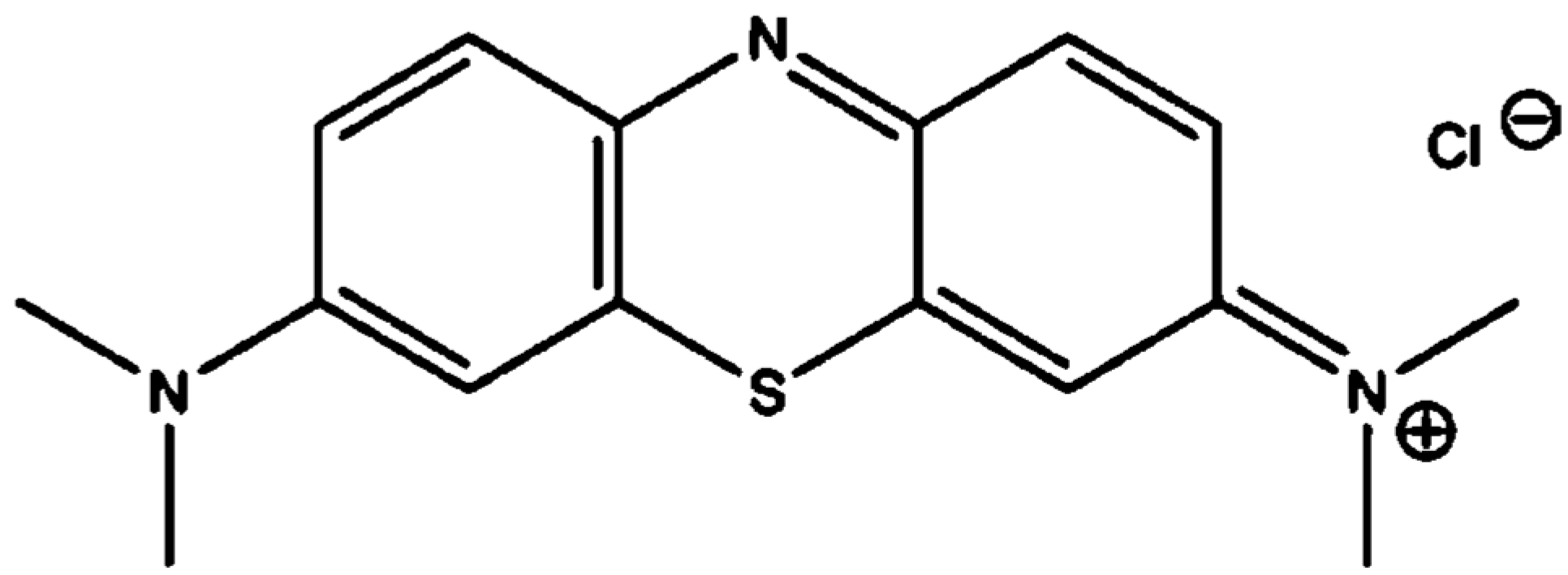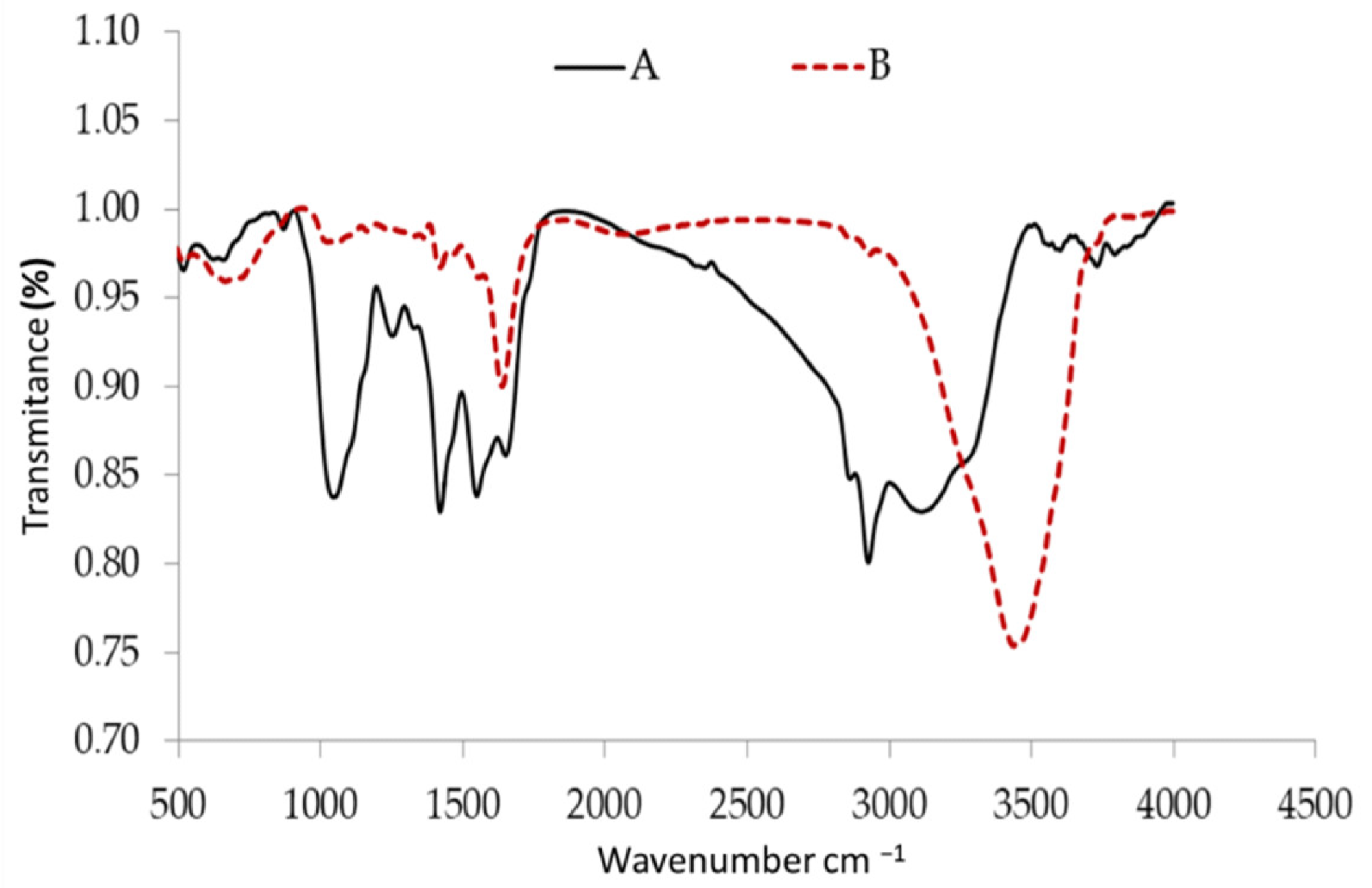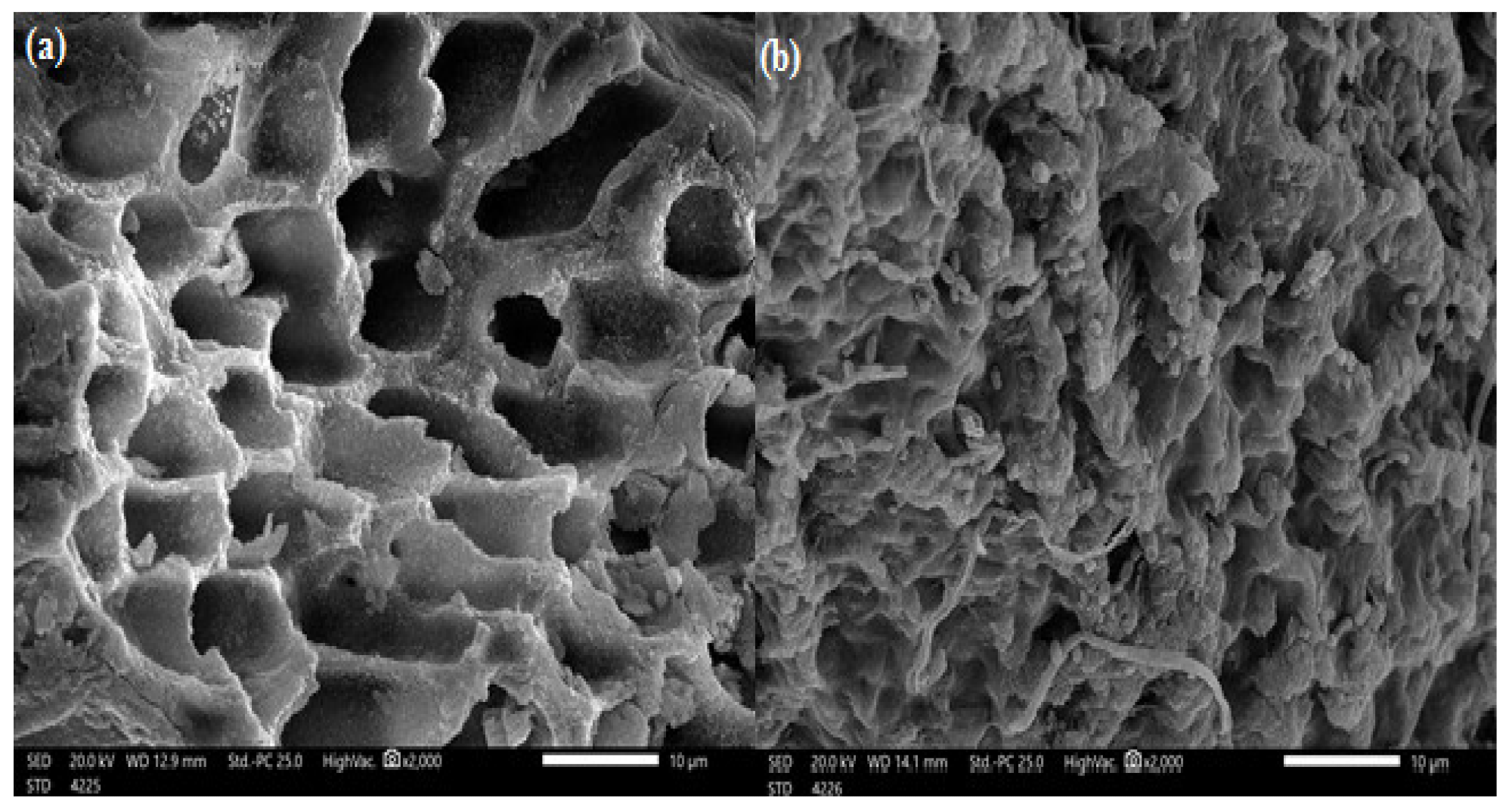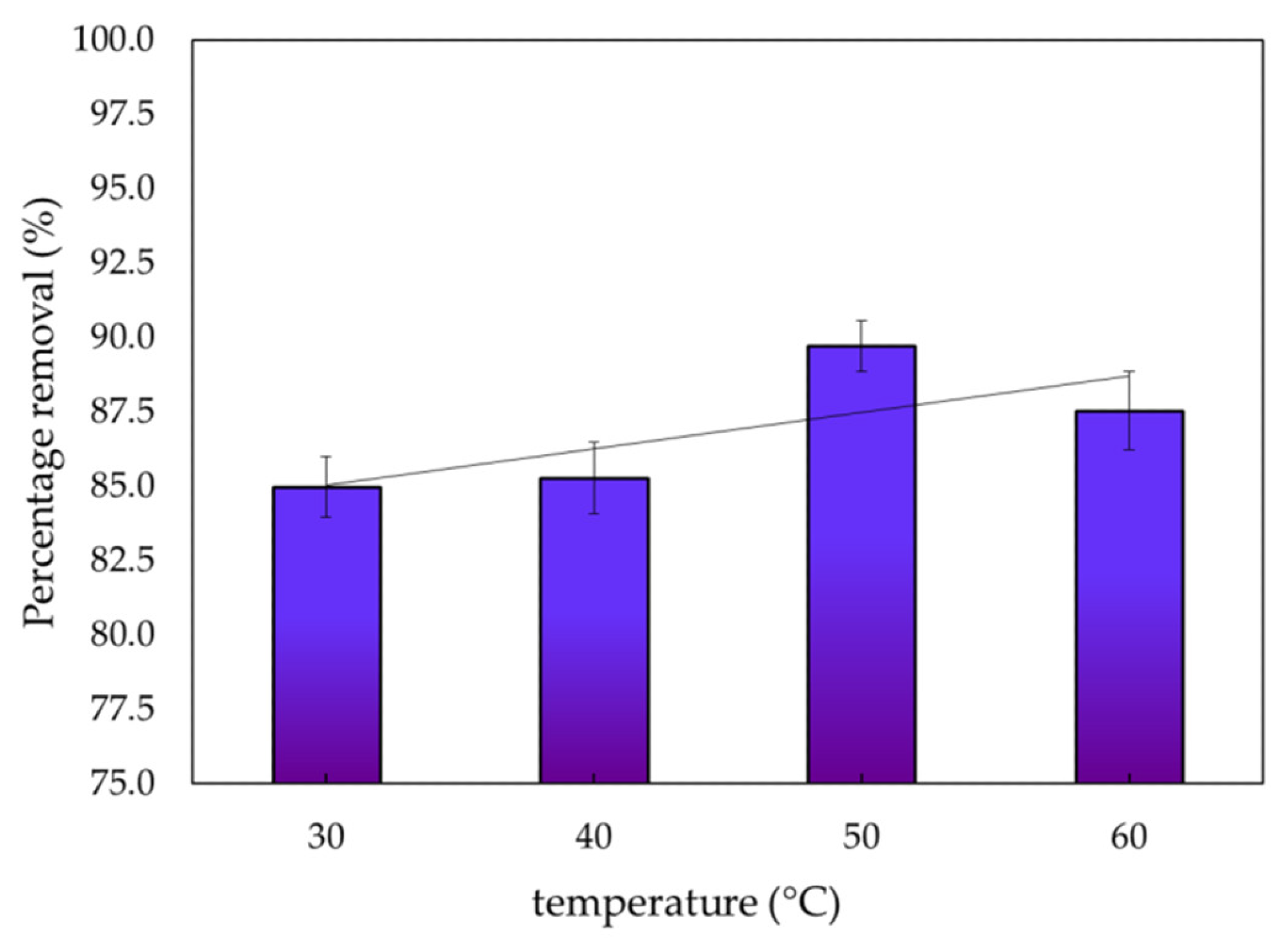A paper authored by researchers in Saudi Arabia and Egypt has investigated the ability of dried seaweed to remove Methylene Blue Dye, a highly toxic dye, from industrial wastewater and aqueous synthetic solutions. The results of their research have been published in the journal Polymers.

Study: Dried Brown Seaweed’s Phytoremediation Potential for Methylene Blue Dye Removal from Aquatic Environments. Image Credit: FreeProd33/Shutterstock.com
Removing Toxic Dyes from Water
Modern industrial activity is responsible for unprecedented levels of pollution entering the world’s waterways and marine environments. The textile industry alone is responsible for significant contamination, and the synthetic dyes used in the industry are primary sources of pollution. Indeed, textile dyes are released in vast volumes, and there is a huge variety of dyes used, which makes reducing toxic dyes from wastewater effluents a primary concern of environmental scientists.
Aside from the textiles industry, dyes are used in industrial sectors such as the paint and paper industries. Over 8,000 dyes are currently used in industry, and dyes can be both soluble and insoluble. Globally, the annual production of synthetic dyes is in the region of 1.6 million tons.

Chemical structure of the Methylene Blue Dye (MBD). Image Credit: Mansour, A.T et al., Polymers
The toxic, mutagenic, and carcinogenic properties of several synthetic dyes make them harmful to human health. Moreover, their release can cause significant environmental damage and an impact on biodiversity. For instance, the characteristics of water can be altered by the presence of dyes, preventing sunlight from penetrating water and affecting photosynthetic marine organisms.
Therefore, there is a pressing urgency to develop sustainable and non-environmentally damaging strategies for the effective removal of synthetic dyes from industrial wastewater effluents. Several methods have been investigated in recent years, including chemical, physical, and microbial processes, but the efficiency of these strategies needs improvement.
The chemical stability of synthetic dyes makes removing them with conventional wastewater treatment methods challenging. Adsorption methods are advantageous for industrial wastewater treatment due to their low cost, high efficiency for eliminating organic substances from water, and have the potential for regeneration and reduced sludge generation. This makes these processes attractive for sectors such as the textiles industry, and recent research has highlighted the potential for adsorption processes to remove dyes from industrial wastewater.

FTIR analysis of Sargassum latifolium before (A) and safter adsorption (B) of methylene blue dye. Image Credit: Mansour, A.T et al., Polymers
The Study
The research published in Polymers has investigated the potential for using seaweed to remove Methylene Blue Dye, a highly toxic synthetic dye, from industrial wastewater effluence and aqueous synthetic solutions. Methylene Blue Dye is one of the most used synthetic dyes, first produced in 1876. At room temperature, it is a green-colored powder that becomes blue in solution. It is an aniline-based dye.
Several studies have highlighted the potential for microorganisms to remove synthetic dyes and organic contaminants from wastewater. Researchers have investigated fungi, bacteria, yeast, microalgae, and seaweed as low-cost, sustainable, and efficient synthetic dye removal agents.
In the research, the authors investigated the efficiency of Sargassum latifolium, a species of brown seaweed. Samples were collected from Suez Bay’s intertidal zone. Suez Bay is a bay on the Red Sea coast in Egypt. Samples were washed in seawater to remove any salts and particles which may have adhered to the seaweed’s surface and then washed in tap water, followed by deionized water.

Scanning electron microscope of Sargassum latifolium at (a) before and (b) after adsorption of methylene blue dye. Image Credit: Mansour, A.T et al., Polymers
After cleaning, the samples were dried using sunlight and then ground and sieved to achieve a uniform particle size and stored for analysis. To obtain extracts for experimentation, one gram of the prepared powder was soaked in 100 ml of deionized water and boiled for 1 hour. Stock solutions of Methylene Blue Dye were prepared by dissolving one gram of dye in one liter of distilled water.
The prepared seaweed biomass was evaluated for its adsorption capacities, and the functional groups, surface morphology, changes in porosity, specific surface area, and pore volumes were analyzed and characterized. Spectral analysis was performed on the samples. Sorbent loading and the optimal contact time were analyzed and evaluated by the authors. Additionally, the authors performed kinetic analysis and thermodynamic analyses.

Impact temperature on the percentages of adsorption of methylene blue dye. Image Credit: Mansour, A.T et al., Polymers
To evaluate the sorbent material’s effectiveness at removing dye from real-world wastewater effluent, the authors obtained samples from an Egyptian factory that specializes in printing and dyeing. Simulated water was used as a control. The researchers found that due to the high levels of ions from contaminants in the real wastewater, the removal efficiency of the dye was impacted, with only 69.5% removed.
It was discovered that initial Methylated Blue Dye concentration, initial pH, temperature, and adsorbent dose all had an influence on adsorption. Under optimal conditions, the removal efficiency of the seaweed extract was 95.97%, but this does not reflect real-world wastewater conditions. Overall, the authors have stated that S. latifolium can be considered an attractive adsorbent material for the removal of Methylated Blue Dye.
Further Reading
Mansour, A.T et al. (2022) Dried Brown Seaweed’s Phytoremediation Potential for Methylene Blue Dye Removal from Aquatic Environments [online] Polymers 14(7) 1375 | mdpi.com. Available at: https://www.mdpi.com/2073-4360/14/7/1375
Disclaimer: The views expressed here are those of the author expressed in their private capacity and do not necessarily represent the views of AZoM.com Limited T/A AZoNetwork the owner and operator of this website. This disclaimer forms part of the Terms and conditions of use of this website.